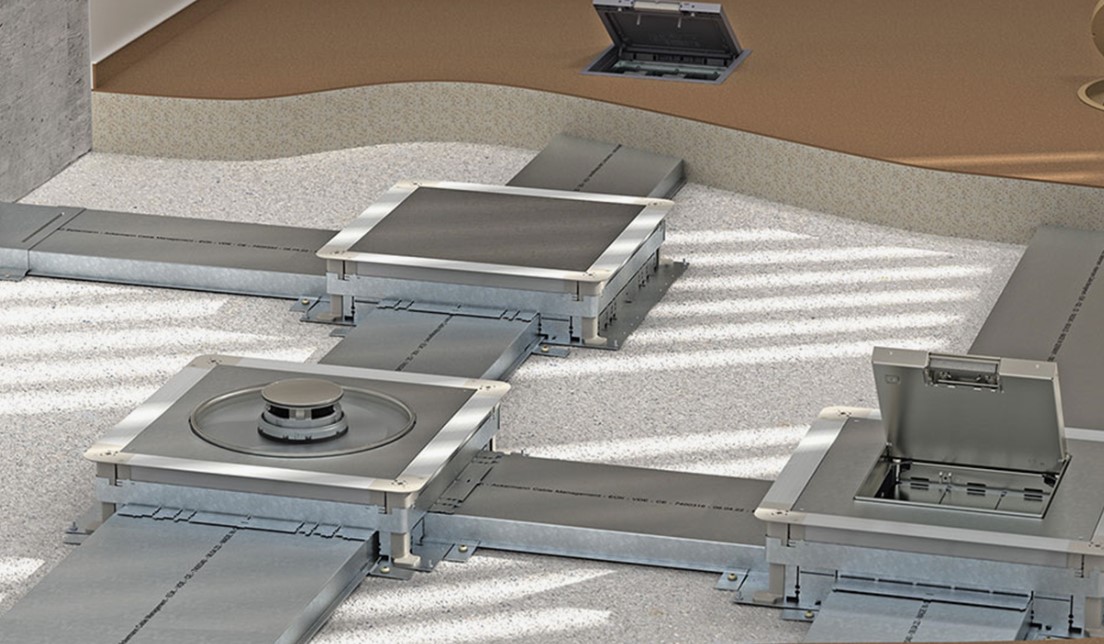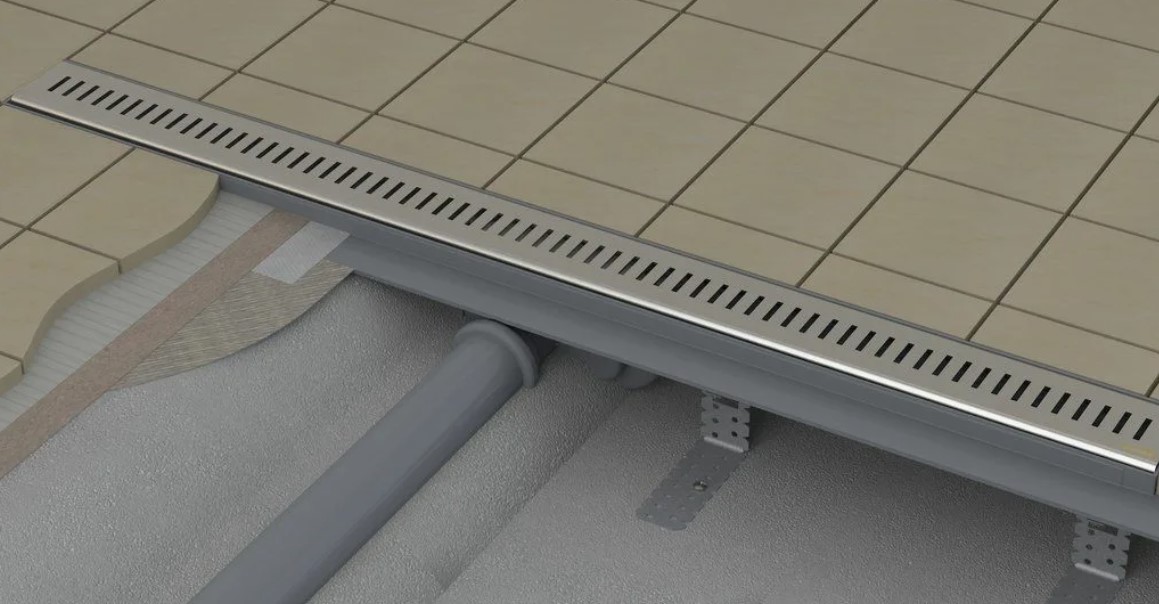Healthcare facilities require efficient infrastructure to support various systems, including power, data, and medical equipment networks. Underfloor trunking provides an effective solution for organizing these cables, ensuring that they remain accessible without obstructing operations. This article explores how underfloor trunking can be tailored to the unique requirements of healthcare settings, focusing on efficiency, safety, and compliance with regulatory frameworks.
The Role of Infrastructure in Healthcare Settings
Healthcare facilities rely heavily on interconnected systems, including diagnostic devices, communication networks, and patient monitoring tools. These facilities must ensure continuous power and data connectivity to maintain uninterrupted services. Traditional cabling methods, however, can clutter hallways and patient rooms, making maintenance and upgrades difficult. In this context, underfloor trunking offers an organized way to route essential cables, ensuring operational efficiency while keeping critical pathways clear.
Benefits of Underfloor Trunking in Healthcare Facilities
1. Efficient Cable Management
Healthcare environments require extensive cabling for medical equipment, communication systems, and HVAC controls. Underfloor trunking provides a streamlined solution, grouping cables according to function and reducing clutter. This organization simplifies cable tracing during maintenance and upgrades, minimizing downtime.
2. Improved Accessibility
In healthcare settings, quick access to infrastructure is crucial to ensure minimal disruption to services during repairs or upgrades. Underfloor trunking systems are designed with access points at regular intervals, allowing maintenance teams to retrieve, inspect, or replace cables efficiently without dismantling entire sections of flooring.
3. Safety and Hazard Reduction
Exposed cables can pose tripping hazards and increase the risk of equipment failure due to accidental disconnections. Underfloor trunking mitigates these risks by concealing cables beneath the floor, contributing to a safer environment for staff, patients, and visitors. Additionally, fewer exposed cables reduce the potential for electrical hazards, ensuring compliance with safety regulations.
Regulatory Considerations for Healthcare Infrastructure in the UAE
The UAE enforces strict standards for healthcare infrastructure to ensure safety and reliability. According to the Dubai Health Authority (DHA), healthcare facilities must comply with guidelines governing electrical systems, fire safety, and uninterrupted power supplies. Underfloor trunking systems help meet these requirements by securing cables and minimizing exposure to electrical faults. Furthermore, compliance with the UAE’s building codes, such as the Dubai Universal Design Code, ensures accessibility and safety for all facility users, including individuals with mobility challenges.

Fire Safety and Risk Management
Healthcare facilities face heightened fire safety requirements due to the presence of sensitive equipment and vulnerable patients. Underfloor trunking can be designed with fire-resistant materials to prevent the spread of flames in the event of a fire. Some systems also incorporate compartmentalization, isolating different types of cables to reduce the chance of electrical faults triggering a fire. This aligns with the UAE’s fire safety regulations, ensuring that facilities meet mandatory safety standards.
Noise Reduction and Aesthetics
Underfloor trunking helps manage noise levels in healthcare environments, where excessive noise can affect patient well-being. Traditional cable installations in ceilings or walls often require drilling and alterations during maintenance, causing disruptive noise. In contrast, underfloor systems allow silent maintenance without disturbing patients or staff. Additionally, by concealing infrastructure, these systems contribute to a more aesthetically pleasing environment, aligning with design objectives for modern healthcare spaces.
Adaptability and Flexibility in Facility Layouts
Healthcare facilities undergo frequent renovations and expansions to accommodate new technologies and services. Underfloor trunking provides the flexibility to reconfigure or expand cabling networks without extensive modifications to existing infrastructure. Modular trunking systems allow for easy integration of new equipment or technology upgrades, enabling healthcare providers to adapt quickly to changing needs.
Infection Control and Hygiene
Hygiene is a critical concern in healthcare settings. Exposed cables can accumulate dust, making it challenging to maintain sterile environments. By routing cables beneath the floor, underfloor trunking reduces surface contamination and simplifies cleaning routines. Systems designed with antimicrobial surfaces further enhance infection control, ensuring compliance with healthcare hygiene standards.
Cost-Effectiveness and Long-Term Savings
Although the initial installation of underfloor trunking may involve higher costs compared to traditional cabling methods, the system delivers long-term savings. Organized cable management reduces maintenance time and operational disruptions. Additionally, the modular nature of these systems makes future upgrades more cost-effective, minimizing the need for extensive renovations.
Installation Considerations in UAE Healthcare Facilities
The installation of underfloor trunking in healthcare environments requires careful planning to avoid service disruptions. Healthcare providers must coordinate with contractors to schedule installations during non-peak hours or operational downtimes. In the UAE, it is essential to adhere to local regulations on electrical safety and fire codes, ensuring that installations meet all compliance requirements. Contractors also need to ensure that trunking systems are robust enough to withstand heavy foot traffic, medical trolleys, and other equipment commonly used in healthcare facilities.
Enhancing Network Reliability with Underfloor Systems
Healthcare facilities depend on reliable networks to support critical operations, including real-time communication, patient monitoring, and data management. Underfloor trunking minimizes interference between different types of cables by providing separate pathways for power and data cables. This separation ensures consistent network performance and reduces the likelihood of disruptions caused by electromagnetic interference (EMI). Reliable network infrastructure is essential for healthcare providers in the UAE, where uninterrupted service is critical for patient care.
Supporting Energy-Efficient Operations
Healthcare facilities in the UAE are under pressure to optimize energy consumption due to high operational costs and environmental factors. Underfloor trunking systems can contribute to energy efficiency by organizing HVAC and lighting controls more effectively. These systems also streamline the installation of smart sensors that monitor power consumption and environmental conditions, helping facilities identify areas for energy optimization.
Conclusion
Adapting underfloor trunking for healthcare facilities offers multiple benefits, including efficient cable management, enhanced safety, and long-term cost savings. These systems support the unique requirements of healthcare environments by ensuring accessibility, promoting hygiene, and improving network reliability. For healthcare providers in Dubai and the UAE, implementing underfloor trunking aligns with regulatory frameworks and facilitates the smooth operation of critical services. Proper planning and adherence to installation guidelines ensure that these systems meet the needs of dynamic healthcare facilities, enabling them to adapt to evolving technologies and patient care standards.

Skateboarder, foodie, music blogger, International Swiss style practitioner and RISD grad. Acting at the sweet spot between beauty and mathematics to express ideas through design. I prefer clear logic to decoration.
